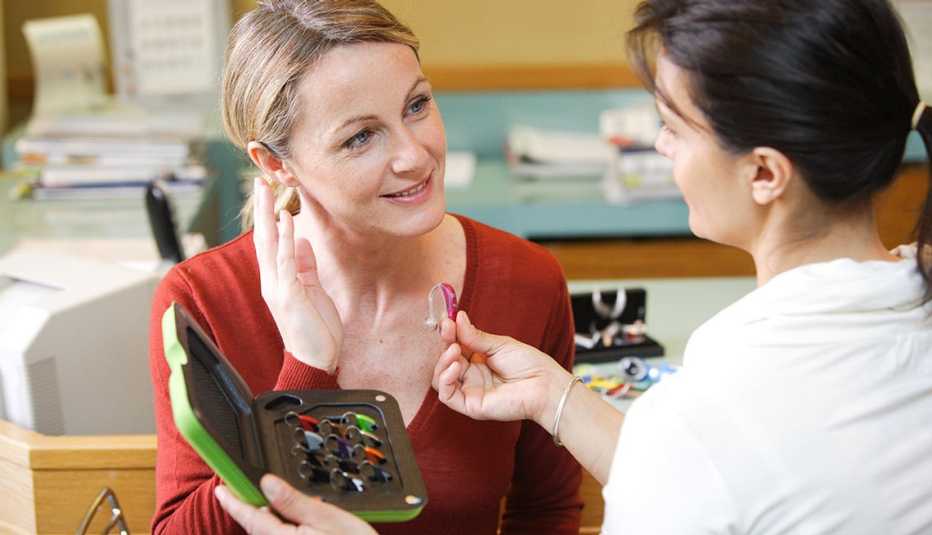Staying Fit


I’ve been wearing hearing aids for almost 20 years, so you’d think getting a new one wouldn’t be a big deal. But it is! It can take weeks to adjust to a new level of sound.
I’m now approaching the 10-week mark, trying out my third device. Most hearing-aid manufacturers allow a 30- to 45-day fully refundable trial period. (The audiologist may charge a small nonrefundable fee for expenses, usually about $100.) If you don’t like the first aid you try, try another, and then another.


AARP Membership— $12 for your first year when you sign up for Automatic Renewal
Get instant access to members-only products and hundreds of discounts, a free second membership, and a subscription to AARP the Magazine.
When the audiologist first tested my hearing this spring, she wasn’t sure a new hearing aid would help me enough. I fully qualify for another cochlear implant, but that’s a major decision. It involves surgery, and you never know how well it will work. It’s also an irreversible step.
So my audiologist, Ellen Lafargue at the Center for Hearing and Communication (CHC) in New York, suggested I at least try a new hearing aid. She fitted me with a powerful type known as an RIC (receiver in canal). A soft plastic mold fits snugly in your ear canal and is connected by a tube to a behind-the-ear component, which holds all the mechanics.
The RIC felt tight, and I also wasn’t used to something completely blocking my ear canal. But I know it takes time to adjust, so I wore it. Less than 24 hours later, I had a vertigo attack. Out of the blue as I was walking to meet a friend for lunch, I suddenly saw the world spinning around me. I’m no stranger to vertigo, so I recognized the symptoms immediately. I staggered to the nearest bench and texted my friend, and she helped me into a cab and got me home before I passed out or vomited. I had two more attacks in subsequent days.
I took the hearing aid back to CHC, and they punched a hole in the ear mold — a vent, to allow the air pressure to escape. They also ordered me a smaller ear mold. Two weeks of my trial period were up before I even started wearing the new aid.
At first I hated it. Everything sounded so loud! But I persisted, and although everything stayed loud, I realized voices were becoming clearer as the days went by. I did a little self-testing using my old hearing aid and the new one, and I realized I was hearing much better with the new one.

































































More on Health
Easy, Enjoyable Ways to Boost Heart Health and Lower Blood Pressure
How just stretching, taking baths or enjoying your coffee could lower your risk of heart attack and stroke